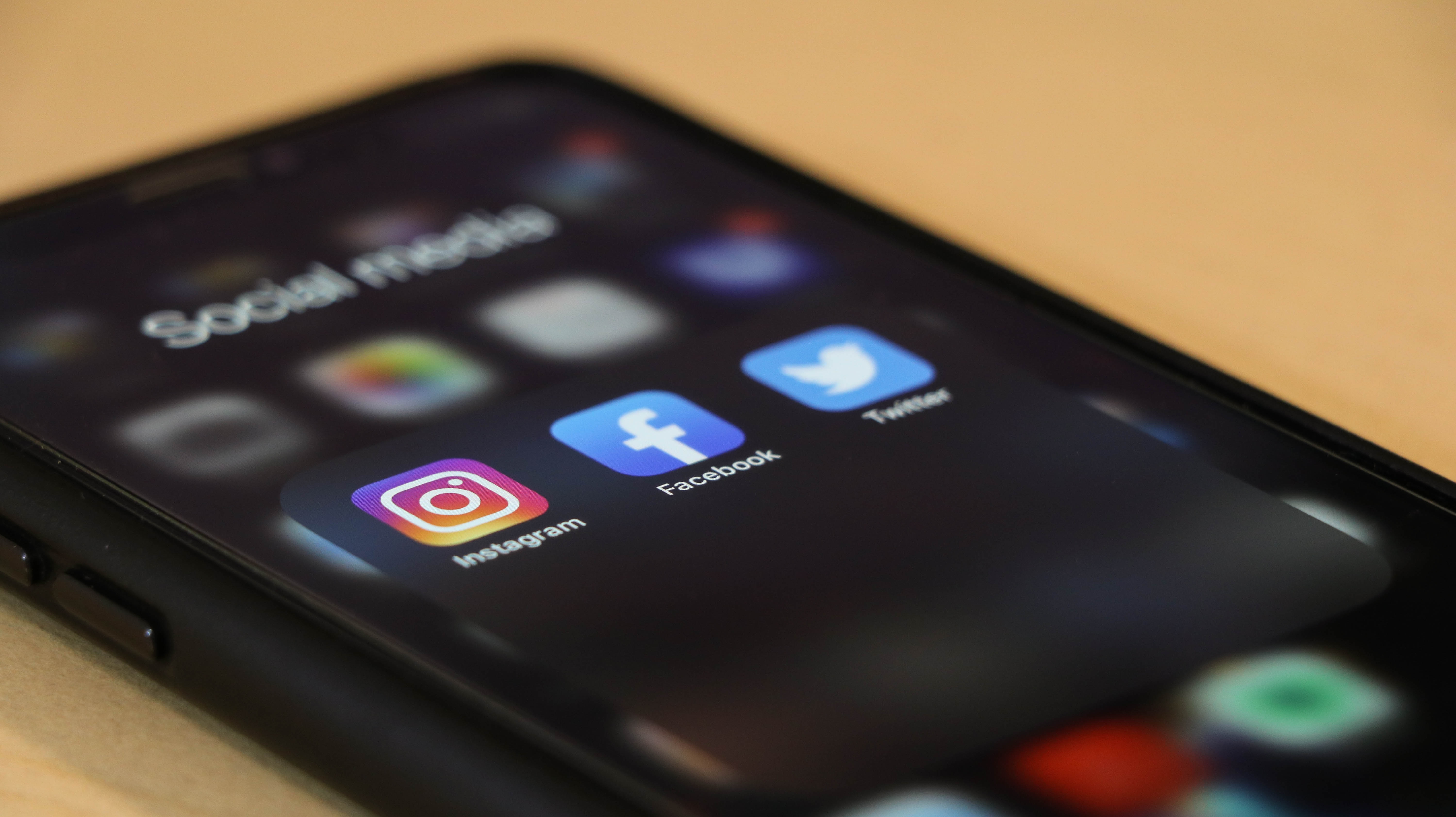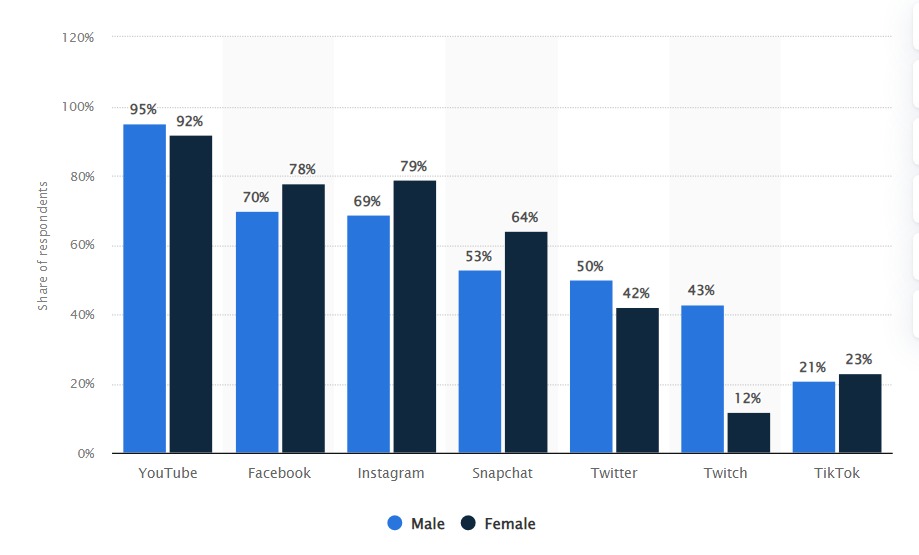
“The youth is the hope of our future.” This is a sentiment we hear often during college commencement sessions or political inaugurations, but what does it really mean when planning for the future? Younger generations inevitably become older generations. As time passes, younger generations will play an even more integral role in powerful changes for their communities. Most local governments can recognize that small steps lead to significant outcomes, and younger generations hold similar sentiments. Therefore, local governments must serve generations like Gen Zers and Millennials on the channels they want to be reached on.
In a previous blog, Granicus discussed our latest national survey data and discussed generational preferences. One of the main takeaways from the respondent data was that the younger the generation is, the more they prefer omnichannel access to local government services. Younger generations also tend to disagree with the statement “I can communicate with my government easily.” Knowing that local government may have some room to improve in serving Gen Zers and Millennials means identifying preferred digital solutions for these generations. This is precisely why Granicus has created a list of five ways that local governments can use to engage better with Gen Zers and Millennials.
Kicking off with the first technology that you have probably asked your Gen Zer or Millennial to put away at the dinner table — the smartphone.

Gen Zers and Millennials are both generations that grew up with technology, and have dependencies on these tools to some degree. The digital natives have been around smartphones for almost their whole lives and naturally, their preference for smartphone communications has only enhanced through the years. Gen Zers notoriously spend a lot of time on their smartphones. According to the Pew Research Center, 55% of Gen Zers use their smartphones for five or more hours a day. When local governments think about digital avenues to reach younger generations, smartphone apps are a logical outlet to consider.

The younger generations also prefer to access apps like Youtube, Instagram, and Snapchat on their smartphones. These generations are visual learners and retain and spread information best through mediums like images and videos — for 66% of people in general, video is the number 1 source of information. Local governments must provide resident-centric video content on apps or websites so that engagement can approve.
“YouTube was the social media platform with the biggest reach among U.S. Gen Z and Millennial internet users regardless of gender.” — Statista

Social media is a fundamental part of Gen-Z and Millennials’ personhood and culture, as they grew up with these social media platforms acting as a center for communication and friendships. Public sector organizations can reach and engage with these younger generations by offering communications via different social media platforms.
“The most popular social media platforms for Millennials are Facebook, Instagram, LinkedIn, and Twitter, while Gen Z’s are mostly video-based platforms, like Snapchat, Instagram, YouTube, and TikTok.” — PMD Group
Different social media platforms have specific roles for audiences. For example, Youtube and TikTok have a large algorithm focused on popular video content. It’s essential for local governments to invest time and resources in social media channels where younger audiences will be at.
Below is a chart from Statista on the reach of selected social media platforms by Gen Zers and Millennial users in the U.S. Youtube tops the chart, followed by Facebook and Instagram, and Tik Tok hits last place.

Since Youtube, Facebook, and Instagram lead the charts for reach among these generations, it may interest local governments in sharing information about the services they care about on these platforms. An idea would be a social media post on Facebook that calls action to reserve recreation services for the city park.

Another crucial way to serve Gen Zers and Millennials is the ability to make payments online. Take a moment to think to yourself about the last time you mailed in a check for a utility bill. These days, it is far more common to utilize the convenience of online bill pay.
“57% of Gen Z and 50% of millennials are increasingly relying on e-transfer banking services to pay bills and perform everyday banking transactions.”
If local governments could implement or integrate a tech stack resource that allows residents to pay utility bills online, they would be serving the greater preference.

We’ve discovered how local governments can better serve Gen Z and Millennial residents, and now we’ll shift to how local governments can serve Gen Z and Millennial city staff better. Looking inward is just important as looking outward — and if local governments want to retain and recruit talented younger staff, they must understand younger generations’ expectations.
Younger generations are tech-savvy, and they’re also culturally affluent and care about the world around them.
“Nearly two in five (37% of Gen Zs and 36% of millennials) say they have rejected a job and/ or assignment based on their personal ethics.” — Deloitte
Local governments must work to provide these generations with resources and a work culture that aligns with their values to avoid contributing to The Great Resignation. Additionally, the pandemic created workplace shifts for local governments, like hybrid work schedules and chat-based communication platforms (Teams and Slack). The reality is that these shifts have not only become the “new normal” but are now the “new expectations” for younger generations.
“The vast majority of Gen Zs (75%) and millennials (76%) would prefer working patterns where they either split their time between remote and on-site work or work entirely from home.” — Deloitte
Bottom Line: Gen Zers and Millennials are the least satisfied with communicating with their local government services, meaning there is work to be done. Some ways local governments can adhere to the younger generation’s preferences are through:
Discover how Granicus solutions make it easy for local governments to use these channels and engage with Gen Z and Millennial residents.